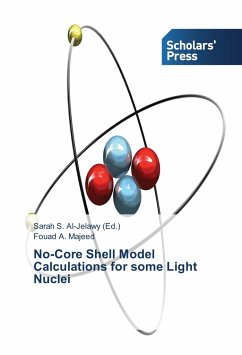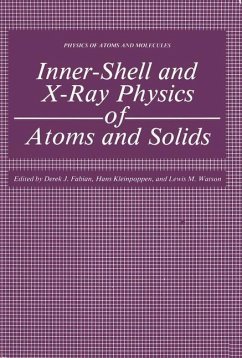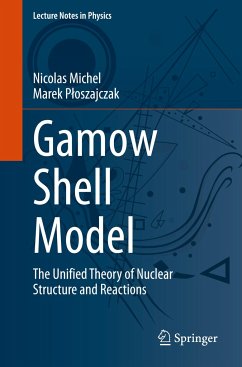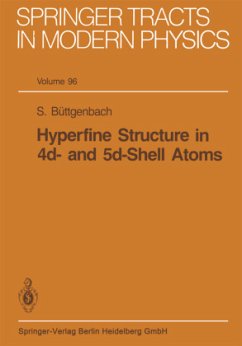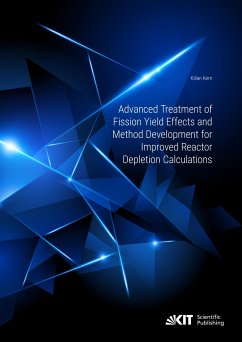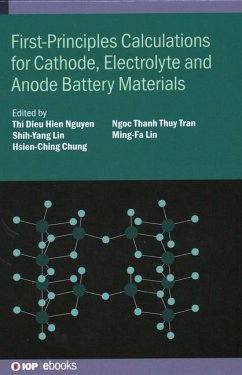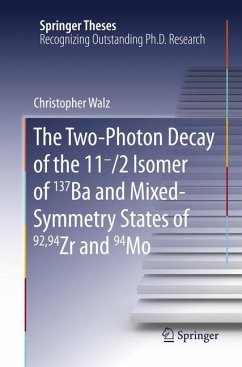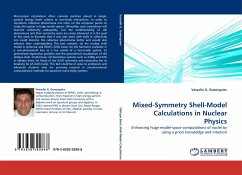
Mixed-Symmetry Shell-Model Calculations in Nuclear Physics
Enhancing huge model-space computations of nuclei by using a priori knowledge and intuition
Versandkostenfrei!
Versandfertig in 6-10 Tagen
39,99 €
inkl. MwSt.

PAYBACK Punkte
20 °P sammeln!
Microscopic calculations often consider particles placed in single- particle energy levels subject to two-body interactions. In order to reproduce collective phenomena one relies on the computer power to study the system in huge model spaces. Ultimately, such simulations will describe collectivity adequately, but the understanding of the phenomena and their symmetry roots are rarely advanced. It is the goal of this work to illustrate that if one uses basis with built in collectivity one could describe the collective phenomena better and would also advance their understanding. The text contains...
Microscopic calculations often consider particles placed in single- particle energy levels subject to two-body interactions. In order to reproduce collective phenomena one relies on the computer power to study the system in huge model spaces. Ultimately, such simulations will describe collectivity adequately, but the understanding of the phenomena and their symmetry roots are rarely advanced. It is the goal of this work to illustrate that if one uses basis with built in collectivity one could describe the collective phenomena better and would also advance their understanding. The text contains: (a) the nuclear shell model in spherical and Elliot's SU(3) basis; (b) the harmonic oscillator in a one-dimensional box as a toy model of a two-mode system; (c) generalized eigenvalue problem and the geometrical visualization of the oblique shell- model basis; (d) illustrative systems such as 24Mg and 44Ti in oblique basis; (e) Study of the SU(3) symmetry and measuring the its breaking forpf-shell nuclei. This text could be of value to professors and advanced students who are pursuing research in unconventional computational methods for quantum many-body systems.



